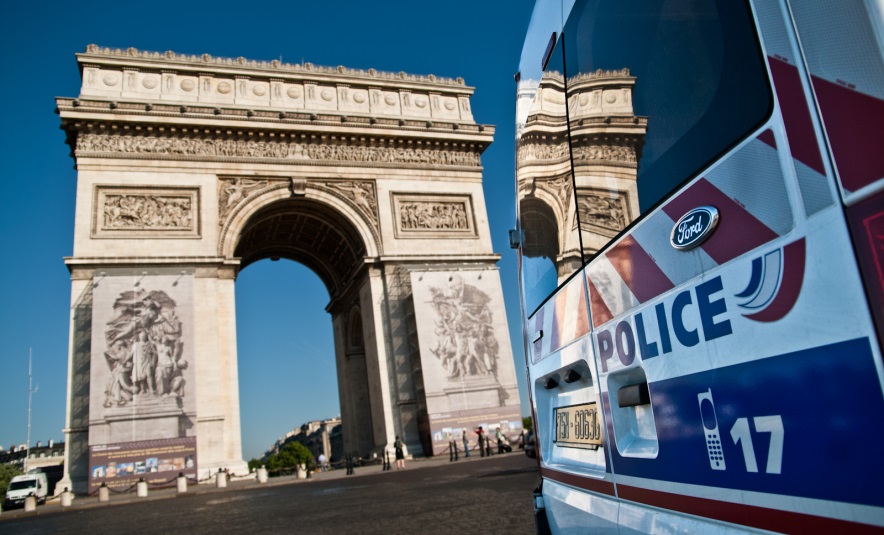Urban Security In Paris
Everyone in the United States is familiar with the horrors that someone with an automatic weapon can cause in a public setting, but the recent Paris attacks were monstrous and shocking by any standard, taking an appalling toll.
In the wake of other violent attacks, London, Madrid, New York, Beirut, and numerous other cities have implemented extraordinary measures. Many have created security control zones, where barriers, checkpoints, and advanced surveillance systems define the areas of the most intense vigilance.�
Paris has seen its share of violence through the years, and the city remains at very high risk. Yet�perhaps uniquely among world capitals�the city has not implemented a wide program of vehicle circulation barriers or checkpoint-style security control zones.�
Instead, by deploying thousands of people and an array of sophisticated new situational awareness technologies, Paris has placed greater stock in policing by people and in new�as well as old�forms of intelligence.�
Which begs the question: are police and intelligence methods somehow more effective than physical security measures in thwarting terror attacks? That can never be said with any certainty, but the only sensible answer is that both approaches are necessary. However, policing is likely to be more effective�and possibly less expensive�in cities that are relatively well organized for control and surveillance.�
That is the case of Paris; by its very nature, as a city with strong medieval traces, it is well organized for physical access control and defense. Relatively small in area, Paris is separated from adjacent suburbs by the Le Boulevard P�riph�rique, a ring road implanted on the ground where huge protective walls once stood.�
Through these walls were once�ancient doors to Paris, which still carry their historic names and remain discernible today as urban portals. Police routinely watch these doors when seeking fugitives or monitoring civil disturbances.�
Within this barrier, Paris has deployed human beings as its most apparent security measure. Hundreds of soldiers now augment stepped-up police patrols. Joint teams are deployed routinely in tourist spots, near schools, around government buildings, and outside many places of worship.
These visible security measures are aided by less obtrusive security apparatus: the city�s sophisticated video-surveillance technology. The command center for remote monitoring of the metro and RER rail systems, for example, has highly advanced remote video capabilities that support real-time and post facto police operations.
In contrast to this high tech approach, Paris is also using relatively low-key visible security measures. For instance, after deadly bombs were stashed inside sidewalk dustbins, the city removed all public waste containers and replaced them with models that used transparent bags (in French).�
That�s not to say that enhanced security zones do not exist in Paris; but unlike the �ring of steel� for the City of London, or the Lower Manhattan Security Zone in New York, they are not physically demarcated with bollards, jersey-barriers, sally-ports, or other physical access controls.�
Instead, Paris takes a much less physical approach in areas like that around the Elys�es Palace�near the U.S. Embassy, the French Ministry of Interior, and many other hotspots. This zone is under constant human and technical surveillance, but has real few barriers or access controls. Police officers watch the vehicles and pedestrians that enter the area, while heavily-armed forces are stationed inside and nearby to intervene if necessary.�
Additionally, Paris has also implemented new parking restrictions near schools, synagogues, mosques, and other sites deemed sensitive or at risk.
As underscored by the recent attacks in Paris, even the most intensive police and surveillance measures will not necessarily detect or deter people who are intent on killing, especially those who are willing to die in the act. And vehicle barriers or crash-resistant bollards will never thwart commando groups using small arms. Even a heavy presence of armed police and soldiers, while perhaps reassuring, will not stop a determined group using the element of surprise.�
Thomas Vonier, CPP, FAIA, RIBA, is a licensed architect and certified security professional, working from offices in Paris and Washington DC for clients with global operations. He developed some of the observations in this article in work with Brian Michael Jenkins of the Rand Corporation.
